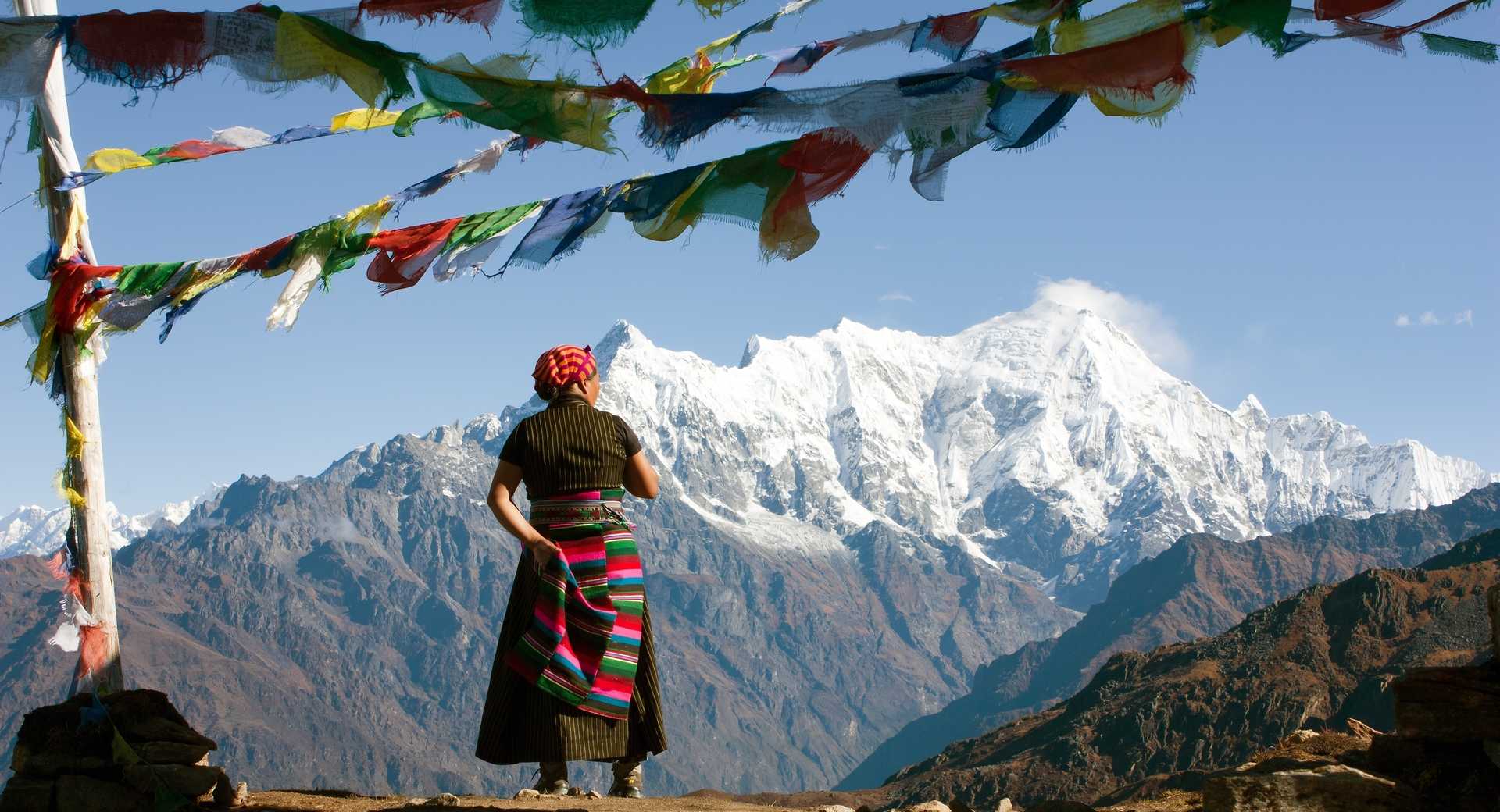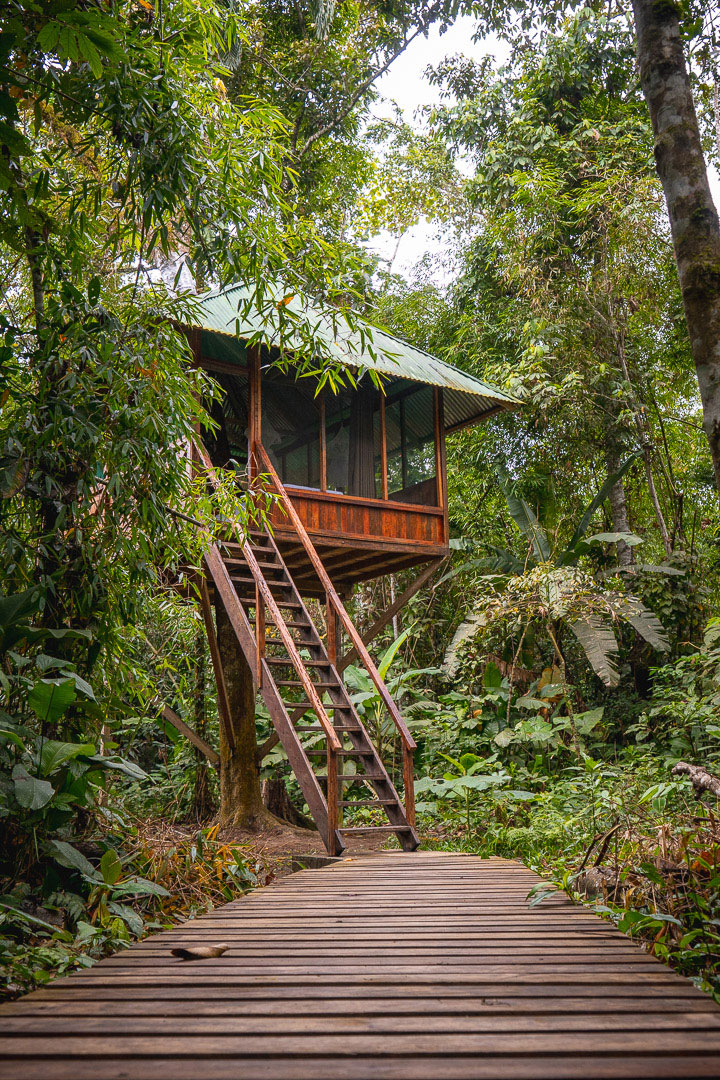Introduction
What you have in mind regarding a trek is often moving through rocky slopes in mountains, covered by either snow or forest with an occasional occurrence of lakes or waterfalls. But the valley of flowers trek is nothing like that, while you do need to climb through the slopes same as those of other treks, but the destination is going to make you mesmerized with its wide variety of flora. You will see the most unique flowers here. This is the reason for sure why this trek is one of the most popular treks in the Himalayas. Even those who do not trek have heard this valley’s name.
THINGS TO KNOW ABOUT
The trek is situated at an elevation of 15000 meters approximately. The trek is little difficult and people usually take more days to complete the journey. You need to have some experience for this trek and the steep slopes may challenge your endurance power and energy. It takes almost 6 days to complete the trek altogether. Make sure to pack appropriate trekking gears.
HISTORY
This is the oldest trek in India and this trek has an interesting history. This mountain is believed to be the one where the 10th guru of the Sikh’s Guru Govind Sing meditated till he achieved union with the God. This valley was discovered by Frank Smythe. The Government of India created the Valley of flowers National Park in 1980 and in 2002, it was recognized by UNESCO as a World Heritage site.
BEST TIME TO VISIT
The best time to trek in the valley is during the rainy season during June to August, especially in the months of May and June as the sky remains clear during these months. The atmosphere during this time is a bit cool but comfortable with temperatures ranging from 6 to 10 degrees during the night and between 10 to 15 degrees during the day. During the monsoon season the valley is in its full potential to amaze you with its flora and you will get to see the meadows and diverse range of flowers.
THINGS TO SEE
As is obvious, this valley is houses a wide range of flowers and vegetation, as well as rare species of animals. You will find beautiful flowers like blue Poppies, snake foils, etc and it also is home to some endangered animals like snow leopard, musk bear, Asiatic black bear, blue sheep, red sheep etc.
You will get to have a view of humungous gorges and streams flowing along your route during your ascend. The Himalayan alpine meadows and shrubs are abundant in this region.
Make sure to visit the world’s highest Gurudwara, the Hemkund Sahib ji, standing at an elevation of 4500 meters.
Behind the gurudwara there is the Hemkund lake where you will find the very rare, Brahma Kamals growing on the banks in full bloom.
BUDGET
There are many travel agencies that provide trekking packages starting from approximately 7k excluding the travel costs to and fro the base. They include the fees of certified trekkers and mountaineers who are going to assist you, usually 2 meals everyday and rent for trekking gears. They usually provide assistance from the base camp or may take you to the base camp from other meeting points nearby.
SHORT ITINERARY
The nearest and the most popular railway station nearest to the base camp is the Haridwar railway station. Joshimath is the base camp for the trek.
First, you need to reach Joshimath from Haridwar, for this either you can rent a cab or ride with other tourists via a Tempo traveler. The drive takes approximately 6 hours.
Next day, start trekking early from Joshimath and preferably take a taxi Govindghat. You can trek to Ghangaria from here along the route the same day.
Finally, trek from Ghangaria to the destination, i.e. the valley of flowers. This will take about 7-8 hours. Pack some snacks beforehand if you need it for the way.
Next day, set out from Gangaria to the Hemkund Sahib or to Govind Ghat. You can drive to Joshimath from this place.
THINGS TO KEEP IN MIND
The trek is not quite easy, so you may need to build your stamina from beforehand. Try to start some jogging or cardio a month prior to the trek.
These are the things you should preferably carry: backpack with rain cover, energy bars, water bottle, sunscreen, small first aid kit, sanitizers, wind and waterproof jackets, gloves etc.
The last place where you will get good network is Joshimath or Govindghat. The network is not the best throughout the trek and you will may face trouble. So complete your important works beforehand and try to be free all this while.
After reading this, we hope all your doubts are clear and you are ready for the trek.





